This is the title of a book that may soon be released to readers. At first, I did not intend to publish a book “on the occasion of the anniversary”, but since the day the country was unified, and then “Binh Tri Thien in flames” came together, due to the work undertaken at the Binh Tri Thien Literature and Arts Association and the Huong River Magazine, the land of Quang Tri has become even closer and more intimate to me. Over the past decades, many of my articles about Quang Tri have been published in newspapers and magazines in Binh Tri Thien and the central region. This historical land has been shown in many books and newspapers, however, the rich reality of Quang Tri is like a precious mine that has never been fully exploited. That is not to mention the different perspectives, the lives presented on the pages of books will be different. Therefore, I hope that my writings, if “collected” into a book, will help people understand more clearly and deeply about the people and land of Quang Tri, even if only from the humble perspective of someone who does not have the conditions to live here for a long time. And so the manuscript "Quang Tri, a land of convergence" was formed.

Hien Luong - Ben Hai River special national relic site - Photo: TRAN TUYEN
Over the past seven decades (since July 20, 1954), in the minds of millions of Vietnamese people as well as friends around the world, whenever Quang Tri is mentioned, people think of a land chosen as the border dividing Vietnam in two. I chose the title of this collection as "Quang Tri - the land of convergence" because I wanted to convey a different perspective, and at the same time, it is also a "call" for everyone to return to Quang Tri...
The manuscript was completed and a publisher promised to help print it, but the book was not published before July 20. I would like to quote the opening essay of the book to send to readers on the days when the whole country is probably looking towards Quang Tri. The essay was written 42 years ago, with the title "The Call of a Land". I invite you to return with me to this special land of the country...
***
From Doc Mieu, the car sped down the straight road running between the fields in full harvest season of the two communes of Trung Hai and Trung Son on the southern bank of Ben Hai River. The two slopes on the newly opened road replaced the winding slope of the past, looking like two giant knives cutting the old Mac-na-ma-ra electronic fence in half. The road near Hien Luong Bridge suddenly curved a little to the East before turning back to the North. Poet Xuan Hoang with his dreamy glasses, must have crossed Ben Hai River many times over the years, only today did he notice the unusual turn before the entrance to Hien Luong Bridge. He quickly asked me:
- Why are you going around like that?
- So the new bridge is perpendicular to the river.
I replied, without thinking much. The workers who were reassembling the four spans of the Ben Hai bridge were my old comrades in the battle to keep the Truong Son route across Mu Da Pass more than ten years ago.
The car tilted its wheels and turned into the curve. A student from Hue University was dozing next to me when suddenly a friend shook him and called out:
- Ha! We're at Hien Luong!
- Where? Where is Hien Luong Bridge? Why didn't you call me?
The girl woke up, seemingly panicked, blinking her eyes and looking around. She was from Nghia Binh. For many years, every time she met Hien Luong in books, she wished that one day she could go all the way to Ben Hai River. Now, that Ben Hai River, the river so blue under the summer sun, "just one oar is enough to glide across". Come on! Hurry up! It won't take many more turns of the wheel to cross. I looked back at the winding asphalt road behind me and a thought suddenly stirred my heart. The bridge must be perpendicular to the river, but the road and the people who opened the Thong Nhat route on the Truong Son mountain range seemed to have intentionally created a soft curve along Hien Luong so that future generations from all over the world, when passing by here, would slowly roll their wheels, slowly walk, allowing their eyes to capture the image of the bridge and the river that had gone down in the history of the country. A curve that held back a little time, like a reminder not to forget...
***
Rarely do we find a place in our country with such a special landscape as the land next to Cua Tung. A red basalt slope full of pepper, tea, jackfruit, pineapple... imbued with the flavor of the midland region is located next to the East Sea. The dark, sinewy rocks jut out into the sea with white-capped waves on the flat sandbank, as if you could wade all the way to Con Co Island in the distance without the water still reaching your head. And the sweet well is only a few steps away from the salty sea... Perhaps that is why in the past, the French colonialists and Bao Dai came to build a resort house next to Cua Tung.
It has been nearly ten years since the sound of gunfire in Cua Tung. The red soil slopes that were once covered with bomb craters are now bearing fruit, but every step on this famous resort area still evokes the burning memories of the war.
From Cape Hau, we walked along the beach and sat together on a large rock near the river mouth to listen to Mr. Mai Van Tan tell stories. Readers across the country have heard him tell unique ancient stories of the Van Kieu ethnic group on the Truong Son mountain range, and surely they would not have expected that he still has a treasure trove of stories about this land by the sea. He was an officer guarding the "union post" of Cua Tung for nearly 10 years. And for nearly 10 years he has been a writer, but has not yet paid his "debt" to Cua Tung. He has intended to take up a pen several times to repay that "debt", but the fierce and complicated struggle in his hometown's fields has drawn him into a new battle. A book of his about that vibrant struggle is about to be published.
Today, returning to Cua Tung, old memories surged up to the point of confusing his pen. Before he could write, he emotionally told us about the silent, persistent but fierce struggle on both sides of the river. Those memories are also the capital that will make up the pages of his new book, but he generously shared them equally with his friends. We listened to his voice, which had become hoarse from the strong sea breeze, and seemed to hear from the surrounding scenery the deep feelings that had accumulated over the years.
A sandbank on the South bank like a hand reaching out to the North bank; the only remaining coconut tree on the high bank, where once a row of coconut trees intertwined their branches to shade the entire riverside strip, the coconut trunk was riddled with bomb scars, a few yellow leaves withered because of the lack of life sap, seemingly unchanged, like a living monument, an eternal witness denouncing the destructive crimes of the American invaders. Con Co, the steel island, had been hidden on the misty sea, suddenly appearing from the flickering red incense dots before the graves of soldiers who died on the supply route to the island...
Leaving the rocky outcrop at the foot of the Cua Tung Police Station, forever exposed to the free sea breeze and the roar of the waves, we walked silently side by side on the steep path back up to the red soil shore. I suddenly felt the tip of my lips salty. Was it the taste of the sea permeating my lips with the wind, or was it the tears that had just flowed? Below us was “Hill 61”. On June 20, exactly 15 years ago, 61 people from Vinh Quang commune, including soldiers and people from the southern bank, were trapped in this tunnel on the river bank.
Flocks of American jets dropped bombs and artillery from the South Bank, continuously burying the suicide soldiers who had come to open the tunnel entrance. Hundreds of people suffocated to death in the darkness. To this day, no ray of light has been able to shine down on that great grave.
Hundreds of my compatriots! So many wishes, the cries of children, the screams and the forest of arms of survival instinct clawing at both sides of the tunnel until they were bleeding, the last words passed to each other: "If I can escape..."; "If you can escape...". But all of them died suffocated under the deep soil.
It's been 15 years! Maybe, in its own way, art will shine a light on that deep hatred, so that all mankind can see with their own eyes the forest of hopeless arms clawing until exhausted, the screams, the choked last words for so many years...
Among us, there were people who had only been here once, such as painters: Buu Chi, Hoang Dang Nhuan, Tran Quoc Tien; poets: Nguyen Khoa Diem, Vo Que..., all of us suddenly felt like we were in debt, felt that we had the obligation to join forces with Mai Van Tan to pay off the "debt" to this historic land.
Like an endless treasure, this land is still open, still leaving room for those who come after to exploit and create. But that does not mean we can be lax and hesitant. History does not stop here. We cannot rush, but if we continue to delay, new stories will continue to grow, piling up the debt of life more and more heavily. No! We cannot delay any longer.
Just one week after the opening day of the writing camp, Vinh Quang youth passed around a new song about the two banks of Ben Hai by musician Hoang Song Huong and poet Xuan Hoang sent to the people of Cat Son on the southern bank his deep feelings: "... I return to the old wharf of my heart/ Angry at myself for coming late in the words of love for each other/ The ferry did not wait/ Still crossed the river - since when did the wind rise...".
* * *
....In Hoa Ly, the hands of labor and the spirit of progress are creating new beliefs and new lives. One thousand jackfruit trees have encroached on the wild hills behind the village. Twenty thousand jackfruit trees will be planted in the coming years, preparing for a whole pepper forest in the future. Garden economic models with enough pepper, tea, food crops and even medicine are gradually taking shape...
In the heroic land of the anti-American war, new stories are being born every day. Immersed in that vibrant life, each of us feels excited and cannot slow down any longer. In a small studio in the middle of the cool Vi Da garden, artist Buu Chi has completed a picture of the potential of Cua Tung land and sea calling for new horizons. Artist Vu Trung Luong, Principal of Hue College of Fine Arts, and a number of teachers have just brought dozens of students to practice along the two banks of Ben Hai.
The sketches of the monument next to Hien Luong bridge on Mieu slope, next to "Hill 61" in Vinh Quang commune are gradually taking shape. Nguyen Khoa Diem has just been released from the heavy responsibility of the collective work that has weighed heavily on his poetic soul, eagerly joining the fishermen, getting on the boat to go fishing and the poem "Country" resonates again: "... Come on brothers - please straighten up/Now go fishing, all the fishermen are present/The tide chases the waves, the boat is pounding/ Brothers, let's join forces for the fields/The sea is restless, exposing our chests in the vastness/The waves are in labor, heaving and giving birth...". The "birth" sketches next to Cua Tung are growing thicker before my eyes.
Before my eyes, on the land that the American invaders had bombed to destruction, the pepper bushes were inseparable, growing taller day by day, along with the jackfruit trees that had taken root deep in the red basalt soil and were bearing their first bunches of fruit.
Unable to wait for the pepper season to ripen, I would like to lift a green bunch and taste a fresh, round drop imbued with the flavor of a land that is forever burning with the fire of struggle.
Cua Tung Creative Camp. June 1982.
Nguyen Khac Phe
Source: https://baoquangtri.vn/quang-tri-vung-dat-hoi-tu-187515.htm



![[Photo] Feast your eyes on images of parades and marching groups seen from above](https://vphoto.vietnam.vn/thumb/1200x675/vietnam/resource/IMAGE/2025/4/30/3525302266124e69819126aa93c41092)
![[Photo] Fireworks light up the sky of Ho Chi Minh City 50 years after Liberation Day](https://vphoto.vietnam.vn/thumb/1200x675/vietnam/resource/IMAGE/2025/4/30/8efd6e5cb4e147b4897305b65eb00c6f)


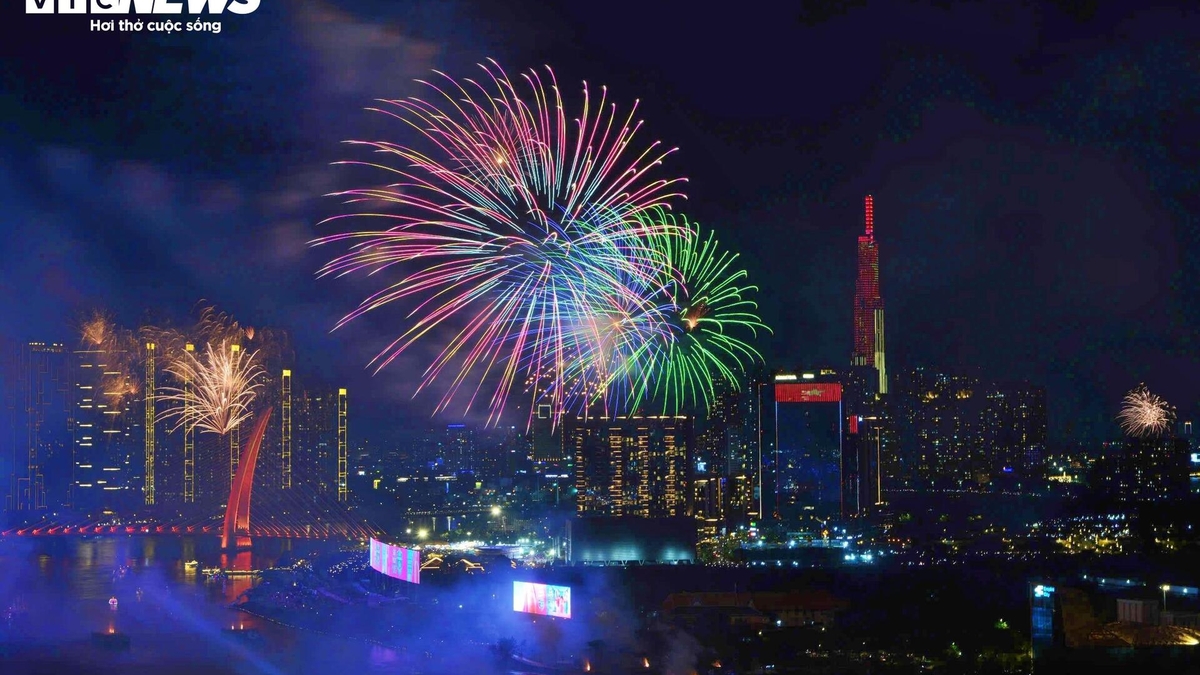
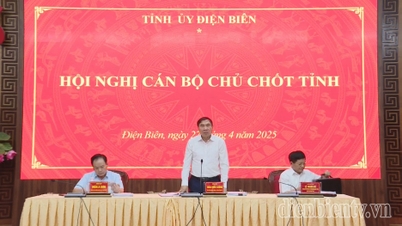
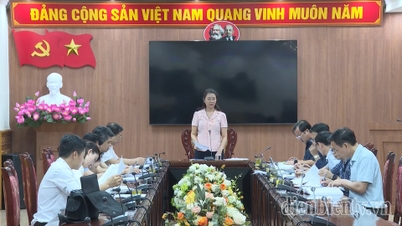
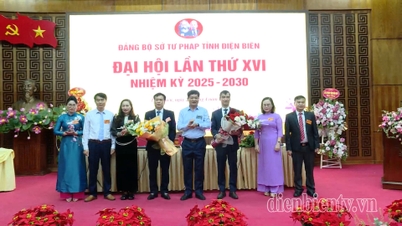
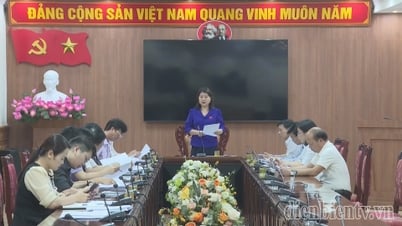
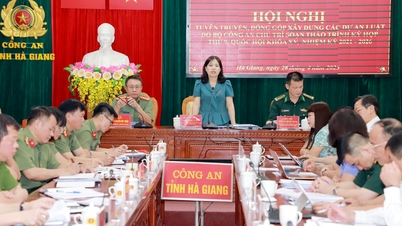
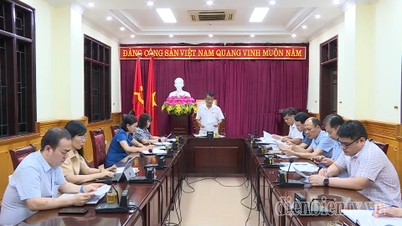
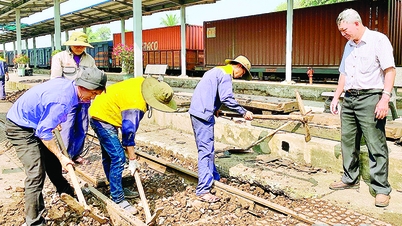
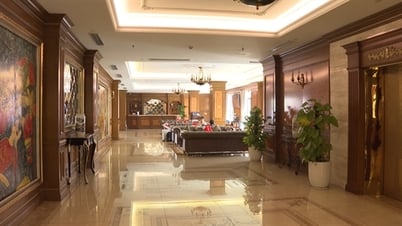

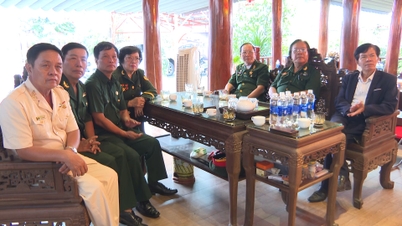

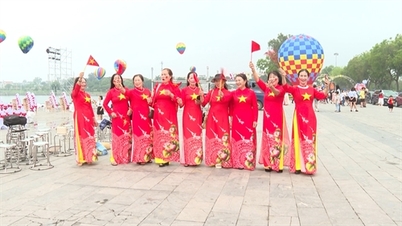




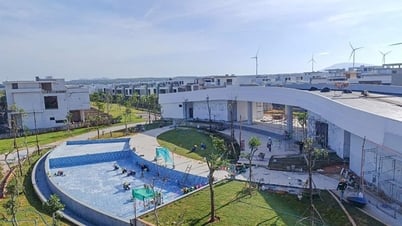
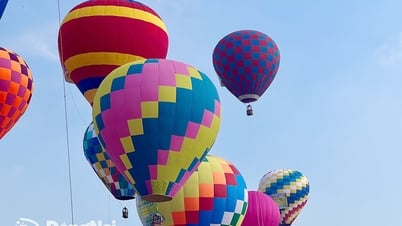

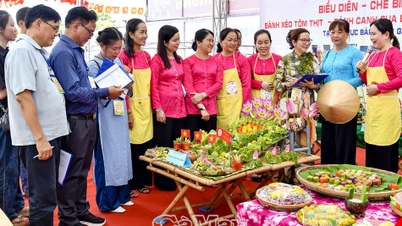
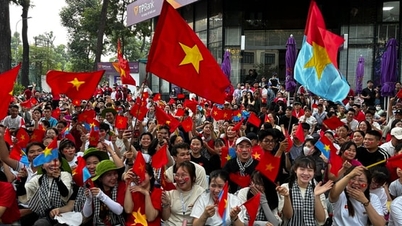
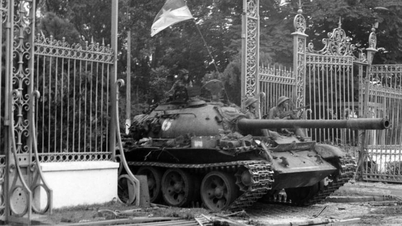

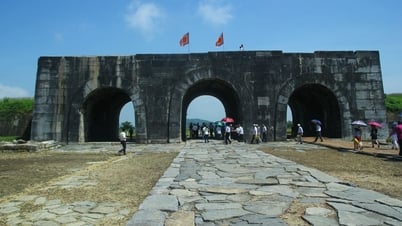



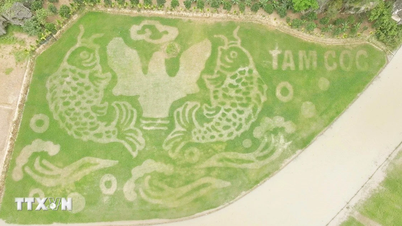











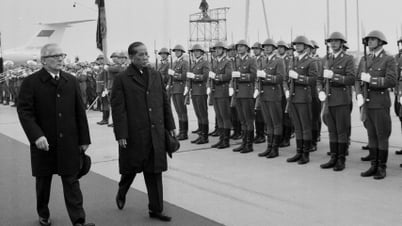

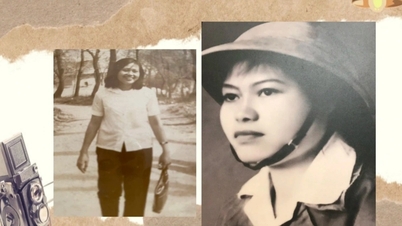















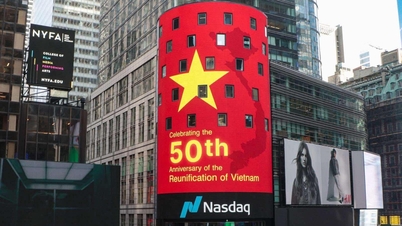

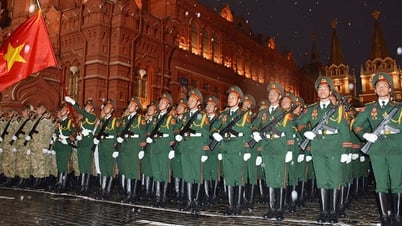












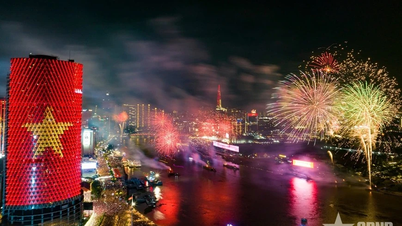



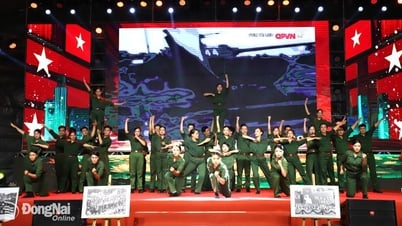











Comment (0)